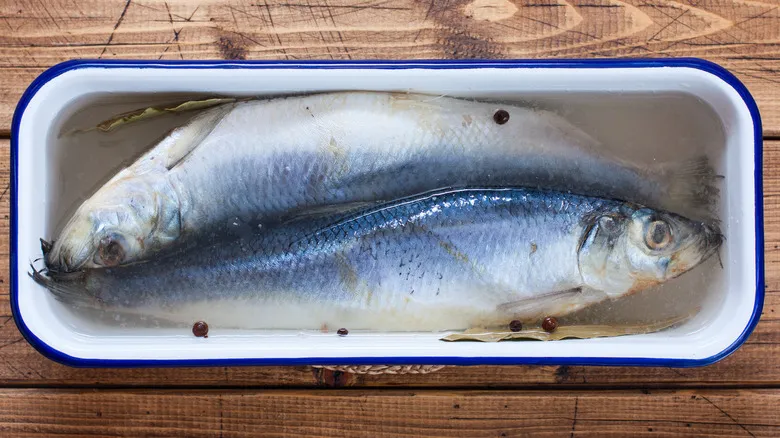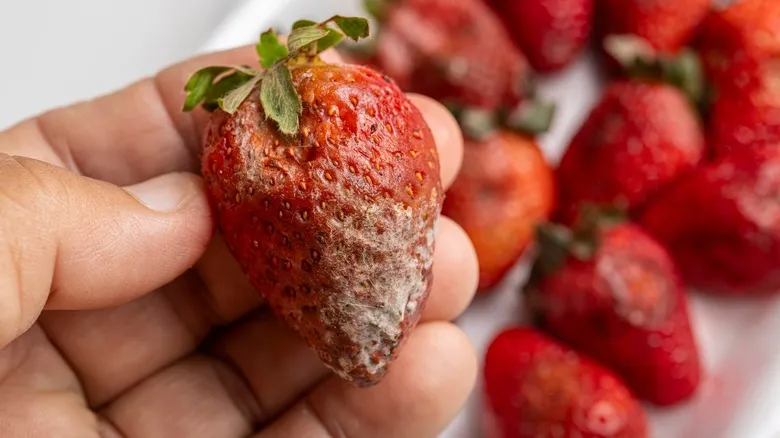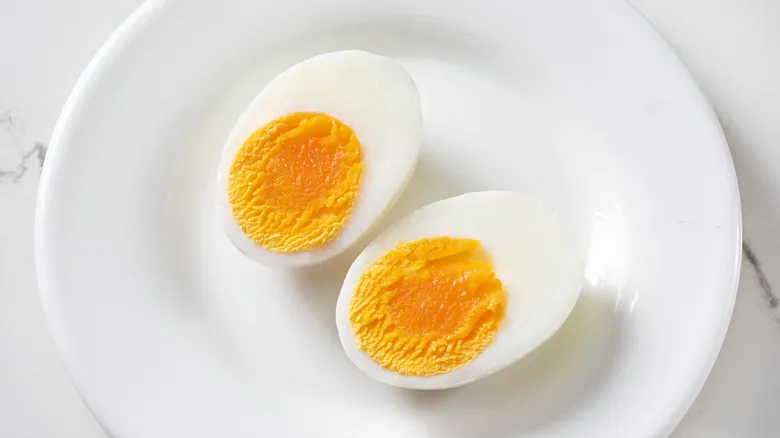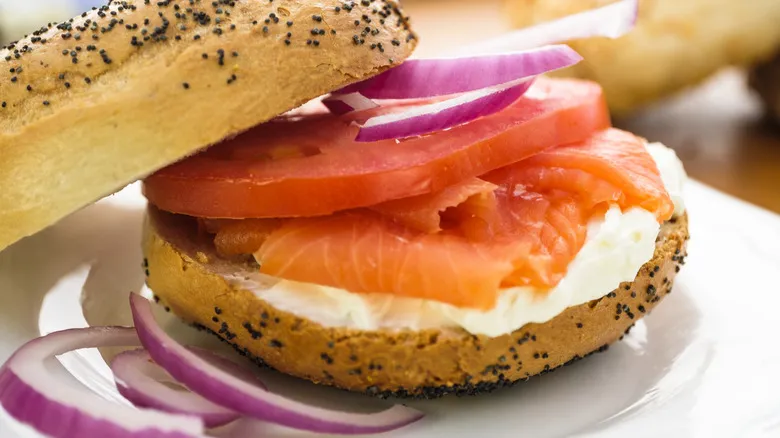A case for brining fish

If you have a piece of lean fish, it can become dry without the aid of the salt brine technique. This process involves mixing kosher salt with water, along with any spices and herbs you prefer. When the fish is submerged in the saltwater solution, the brine penetrates its muscle fibers, causing them to separate. This allows moisture to be absorbed into the flesh, resulting in a juicier texture than it would have otherwise.
Many brining recipes suggest refrigerating the fish overnight. However, some quick brine methods, such as those for salmon, only require soaking the fish for about an hour. Most brined fish still need to be cooked, which should be done right after the fish has been in the fridge. It's important to note that you won't be baking or grilling the fish directly from the brine; typically, it should be rinsed and dried before being placed on the grill or in the oven.
In general, most types of fish respond well to both brining and curing methods, but certain varieties like salmon, shrimp, mahi mahi, and trout are particularly popular for these techniques. The method you choose depends on whether you want to preserve the fish for later use or simply enhance its moisture content for immediate cooking. Once you determine your goal, you'll know how to move forward.
Recommended

The Rookie Mistake You're Probably Making When Cooking Gumbo

Why Some Fresh Fruits Need To Be Refrigerated And Others Don't

If One Berry Grows Mold, Is It Safe To Eat The Rest?

What's The Best Way To Store Hard Boiled Eggs?
Next up

